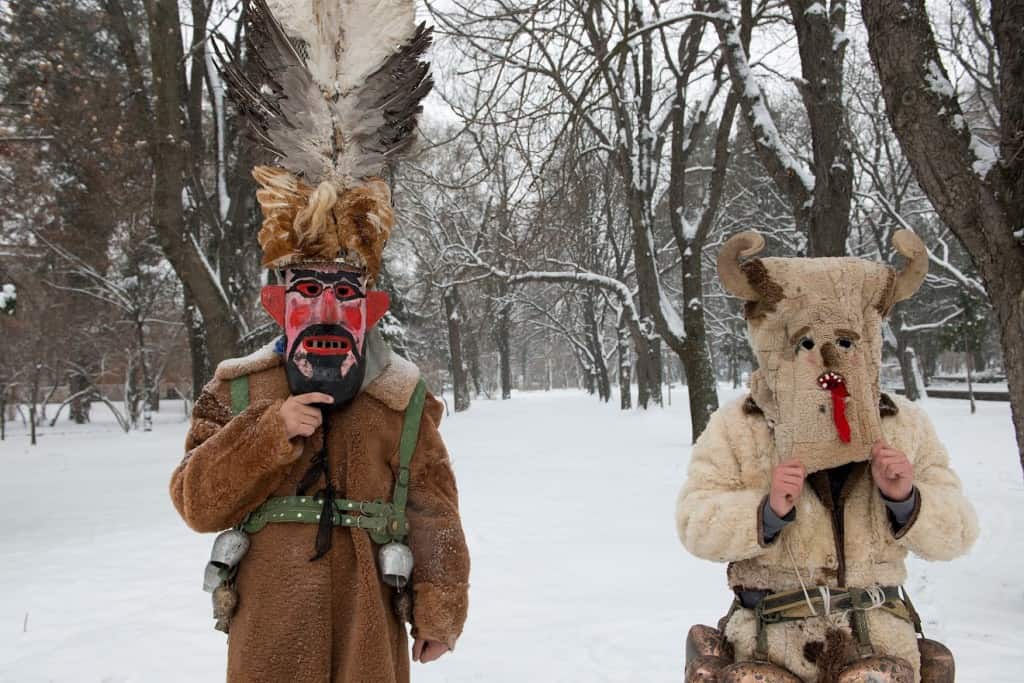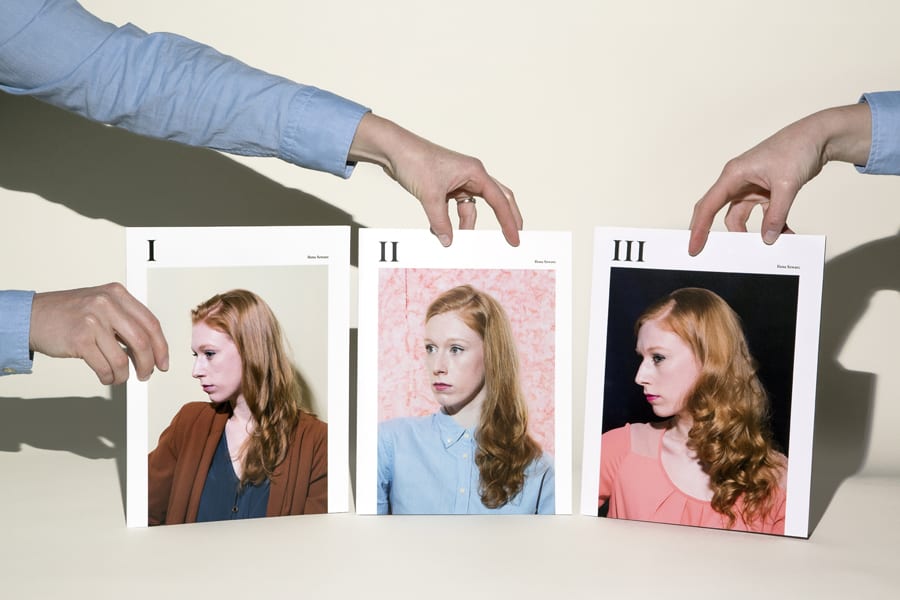Happy New Year Contemporary Lynx Readers!
What were your favorite articles of 2016? Find out:

ARTIST-IN-RESIDENCE: TOP TIPS FROM NATHALIE ANGLÈS
1. ARTIST-IN-RESIDENCE: TOP TIPS FROM NATHALIE ANGLÈS.
How to prepare a good application? On what basis art residencies are selecting the applicants? What are they looking for in artists’ CVs, letters and projects?
Read our interview and following tips from Nathalie Anglès — founder of and director at Residency Unlimited in New York.

Friso Spoelstra “Diabły i Anioły: Obrządki ludowe w Europie”, wystawa “Road Trips”, Fotofestiwal 2016 // Friso Spoelstra “Devils and Angels: Ritual Feasts in Europe”, part of “Road Trips” exhibition, Fotofestiwal 2016
For Contemporary Lynx, Alison Nordström – Art Director of the Fotofestiwal Łódź talks about travel photography, sense of place and getting away from the imperialist model of depicting the exotic other.

Entrance to the Verbeke Foundation, Jacobus CloppenburgÔÇÖs exhibition space and Tank by Alan Sonfist. Photo by Marek Wolynski
3. I AM SURREALIST, A DADAIST AND AN ANARCHIST. A CONVERSATION WITH GEERT VERBEKE.
Geert Verbeke is the driving force behind the Verbeke Foundation, one of the largest private initiatives for modern and contemporary art throughout Europe. His collection includes over five thousand works by Belgian and international artists and covers more than 100 years of art history. Parts of the collection have been exhibited at Centre Pompidou, the Louvre, Museum of Modern Art in Antwerp, National Museum of Contemporary Art in Bucharest, Museum of Fine Arts in Ghent, among many others. In 2007 Geert Verbeke’s private museum opened its doors to the general public and since then the foundation has collaborated with dozens of artists, including Philippe Vandenberg, Berlinde de Bruyckere, Jan Fabre, Eduardo Kac, Peter Buggenhout, Luc Tuymans, to name a few. His extraordinary approach towards collecting art and running a museum has already gained him international recognition in the art world.

Ilony Szwarc, I am a woman and I feast on memory, Photobook, courtesy of the artist
4. FIVE FEMALE PHOTOGRAPHERS TO KEEP AN EYE ON.
Female photographers are especially worth getting familiar with, because the so-called field of “female photography” has developed greatly and has surprised everyone with new attitudes towards old and established patterns. This is why we have compiled a list of Five Female Artists to Watch for you. Each of them is leaving her mark on the international photographic scene thanks to the creation of works which are often deeply personal. This group is a mix of well-known photographers, as well as those who have only just begun their attempts to rise to the international photographic elite.

Cedar Lewishon, photo courtesy of Cedar Lewishon
Cedar Lewisohn is a London-based curator, writer and artist, known as an expert and researcher on street art and graffiti. He curated the exhibition Street Art (2008) at Tate Modern and Rude Britannia (2010) at Tate Britain. He is an author of publications Street Art: The Graffiti Revolution (Tate 2010) and Abstract Graffiti (Merrell, 2011). He opened the door of fine art galleries for street art and graffiti, putting street art in an art historical context. Currently, Cedar curates the Canals Project. Street Art on the Waterways in East London.

Atlas of Modernity, display view, photo P. Tomczyk, courtesy of Muzeum Sztuki in Łódź
6. MUZEUM SZTUKI IN ŁÓDŹ – CONFRONTING AVANT-GARDE WITH MODERN ARTISTIC PRACTICE
In February 1931 the International Collection of Modern Art of the “a.r.” group was opened to the public at the J. and K. Bartoszewicz City Museum of History and Art. The collection was to become the foundation of the Muzeum Sztuki in Łódź. In 2016, on the occasion of the 85th anniversary of this event, we have the pleasure to talk to the Museum’s director – Jarosław Suchan.

Alicja Kwade’s Studio, Berlin 2015, photo Contemporary Lynx
7. ALICJA KWADE – SOMEWHERE ELSE AT THE SAME TIME…
Alicja Kwade’s mixed-media works manipulate mental perceptions and physical experiences of how the body inhabits space and time. Her common materials include items found in everyday life – coins, metal pipes, mirrors, glass, lights, and bicycles – that she then distorts to create sensory illusions. The results, sometimes slouching or stretching, can appear anthropomorphic. Alicja Kwade works in a large building – formerly a film studio- where we visited her last month.
8. MAREK PIASECKI: AN ECCENTRIC AND VISIONARY ARTISTIC PHENOMENON.
Perhaps Marek Piasecki (1935-2011) is one of the most eccentric and visionary artistic phenomena in post-war Polish culture. During his lifetime, Piasecki worked as a professional photojournalist as well as an artist who worked across an extensive range of artistic media, including graphic arts and sculpture.
9. MIROSŁAW BAŁKA: JOURNEY INTO THE INFINITE MELANCHOLY OF BEING
When one encounters the works of Polish artist, Miroslaw Balka, one almost certainly feels perplexed by his highly minimalist-looking and individuated forms. Apparently, his body of work is a metaphorical language that correlates his art and sensibility with works by the hugely influential precedent set by the late German artist, Joseph Beuys in terms of using simple and specific materials with transcendental and metaphysical properties. In this regard, he fuses his work with personal memories of growing up in post-war Warsaw. He allusively suggests a vision of hell and humanity on Polish land in the past. Hence, Balka’s work is probably not art that holds one’s attention through visual impact but rather art that murmurs his story.
10. THE CHANGING FACE OF WARSAW’S ART SCENE.
The rising number of increasingly exciting exhibitions, publications and other art initiatives proves that Warsaw art life has changed for the better, and that the so-called ‘private’ galleries play a very important role in keeping it that way.


![Marek Piasecki, Untitled [1955-67] Unique gelatin silver print, 11.9 x 16 cm, courtesy of Mummery + Schnelle, London 2014](http://contemporarylynx.co.uk//wp-content/uploads/2014/02/studio2.jpg)





